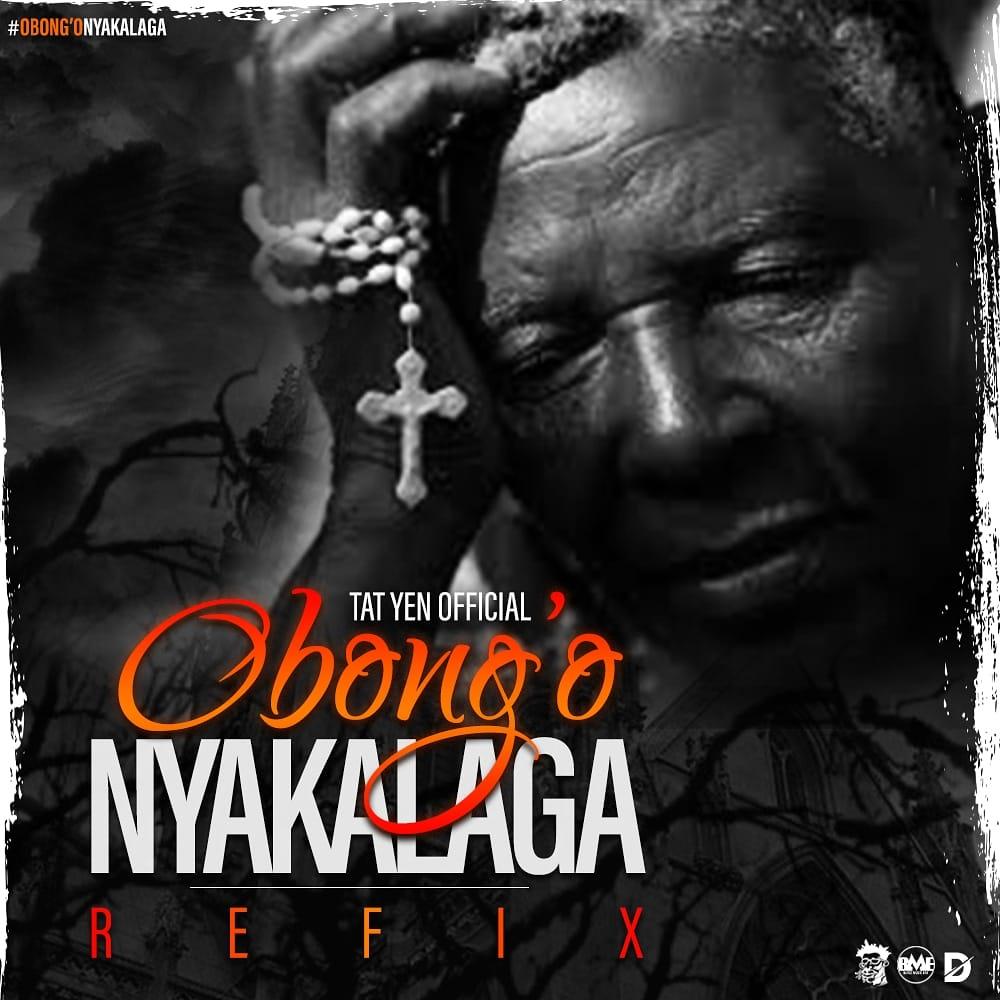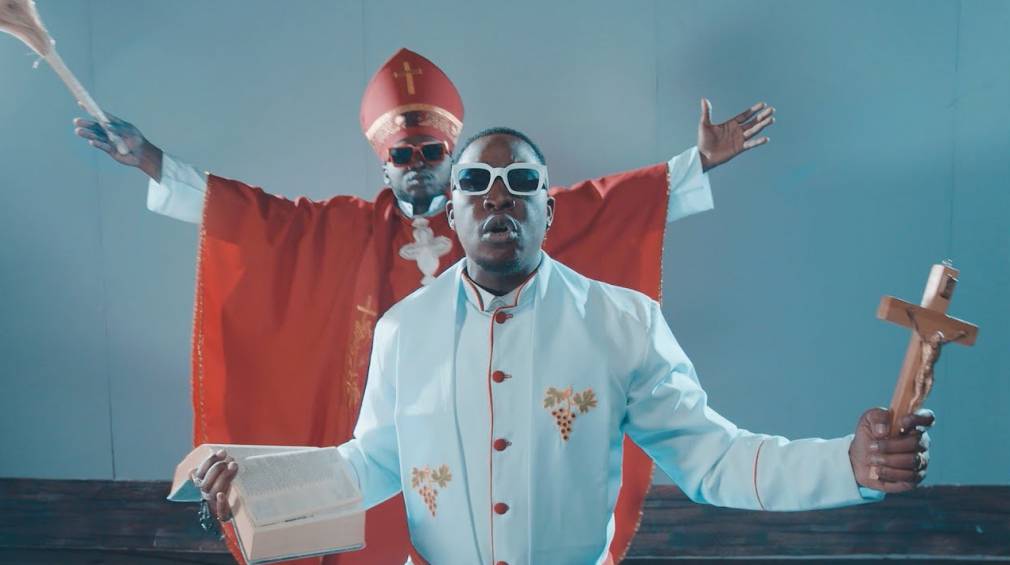Uncovering the long history of Luo religious practices in the life and work of Vioxii Dede, Japesa and Khaligraph Jones.
Hip Hop artists Vioxii Dede, Japesa, Khaligraph Jones, Tat Yen and comedian Eric Omondi channel their energies to showcase their Luo religious cultures. In Dholuo – the language of the Luo of Kenya and Tanzania, Nyasaye is the title reserved for the Almighty God. According to veteran journalist Philip Ochieng’, Nyasaye is a derivative of the verb “sayo” – which means to beg, to supplicate, or to beseech. Therefore, a reference to the one before whom you kneel to pray.
Among all the Luo speaking peoples of Uganda, Sudan, Eritrea, the Central African Republic, Kenya, Tanzania, Democratic Congo, and Ethiopia, Nyasaye has various translations such as Juok, Jok, Jog, Juogi or Joghi, all used in reference to the term “God.” The Kenyan Luo also had other euphemisms for Nyasaye(God), such as Obong’o Nyakalaga. In the Acholi dialect, “Bongo” is the synonym to “onge” in Dholuo, which means nonexistent or absent. From “Bongo”, the Luos coined the name Obong’o, to mean one of a kind, whose source is unknown, or the only begotten one. While Nyakalaga means the all-powerful, ubiquitous one, it literally translates as “he who crawls everywhere” – exhibiting the omnipresent nature of God.
Historically, Luos have always been monotheistic, with a set of their own cultural practices that they followed religiously. While they later practised their religion under various schisms, Roman Catholic missionaries had been actively working among the Luos, as early as 1900. In 1963, under the Leadership of The Lodvikus – Son of God – Simeo Melkio Ondetto, a group of dissatisfied Roman Catholics in Kavirondo Gulf (South Nyanza) finally left the Diocese of Kisii, and formed Legio Maria of African Church Mission or Legion of Mary. This was the culmination of a movement that had stretched as far back as 1938, largely attributed to a mystery woman, min Omolo Ka-Nyunja, and local mythical stories that highly crystallized with their beliefs.
However, the Fatima Visitation of Virgin Mary, and the delay by the Roman Catholic Church to reveal the third mystery – a prophecy of a Black Christ for Africa – that further propelled the formation of Legio Maria. When closely observed, Legio Maria is simply an adaptation of the Roman Catholic schism, to an African context, with inclusion of some African traditions like polygamy, by the leader, Simeo Ondetto. This is the religion Japesa was born into. the artist says, as per his birth certificate.
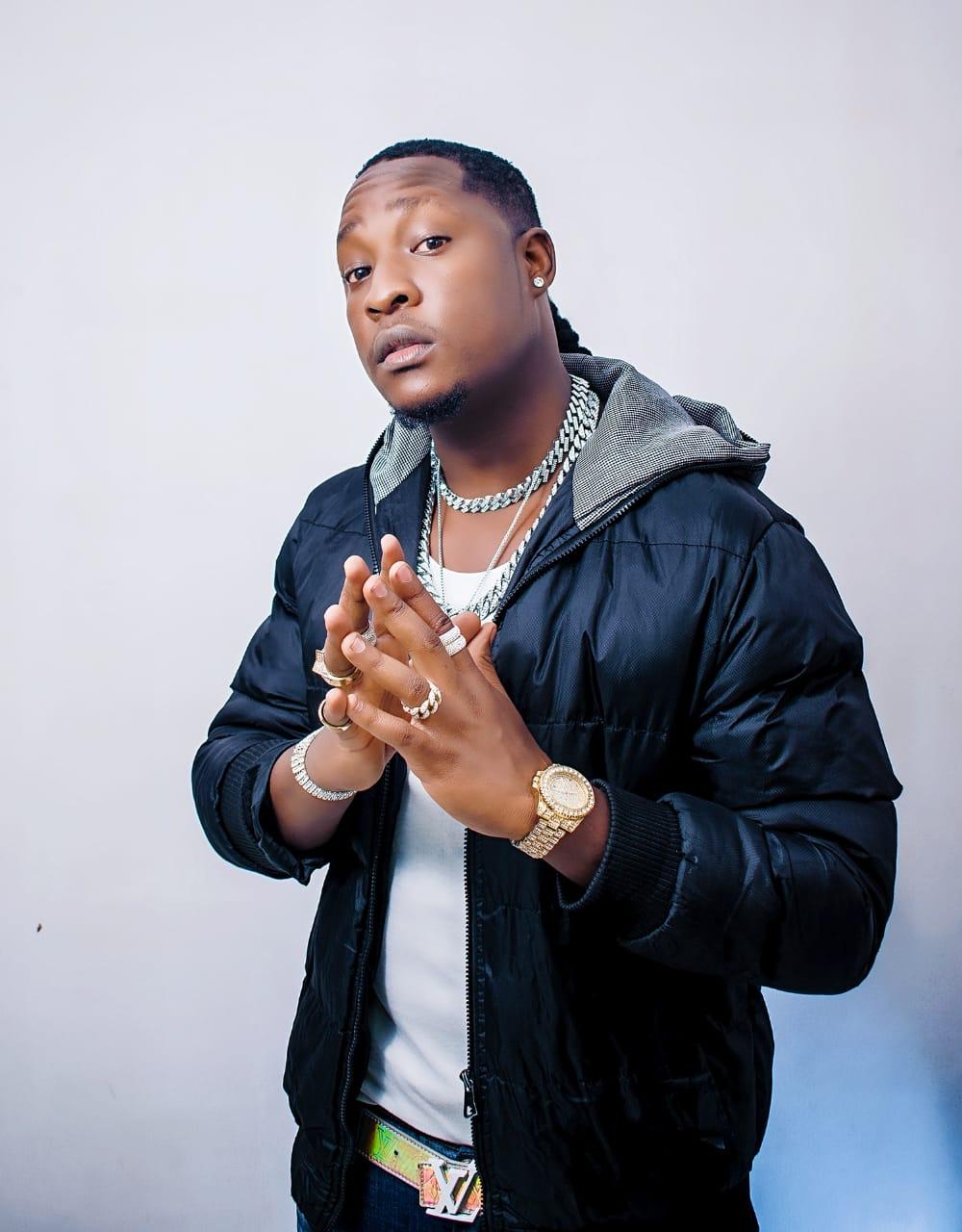
Philip Patroba Okoyo, better known as Japesa, is a young, self-confessed flamboyant Luo rap artiste who is quickly gaining regional popularity. Legio Maria Church, was a more African adaptation of Christianity, incorporating the Luo cultures that Roman Catholic seemed to castigate. This is according to Japesa, who worked on Obong’o Nyakalaga with both Vioxii Dede and Khaligraph Jones. He felt it necessary to showcase these same religious practices through his own urban reimagination.
“We wanted the current audience to relate better with the music, in these times, so we made it look cool. Even with the music video concept, it’s still the same Legio Maria culture, we just strived to make it modern and inviting, for people to embrace their culture and practices, so others would want to join in. Plus, Legio Maria bishops dress just as their Roman Catholic counterparts.” – Japesa said, when we questioned him about the close semblance of his Legio Maria interpretation with the Catholic practices and outfits. Throughout their video, Japesa and Khaligraph Jones showcase several of these props and practices, while narrating their individual spiritual testimonies and conversations with a Supreme Being, Obong’o Nyakalaga. The movements and choreography are a modernized replica to the cultural Luo practices of the Legio Maria Church.
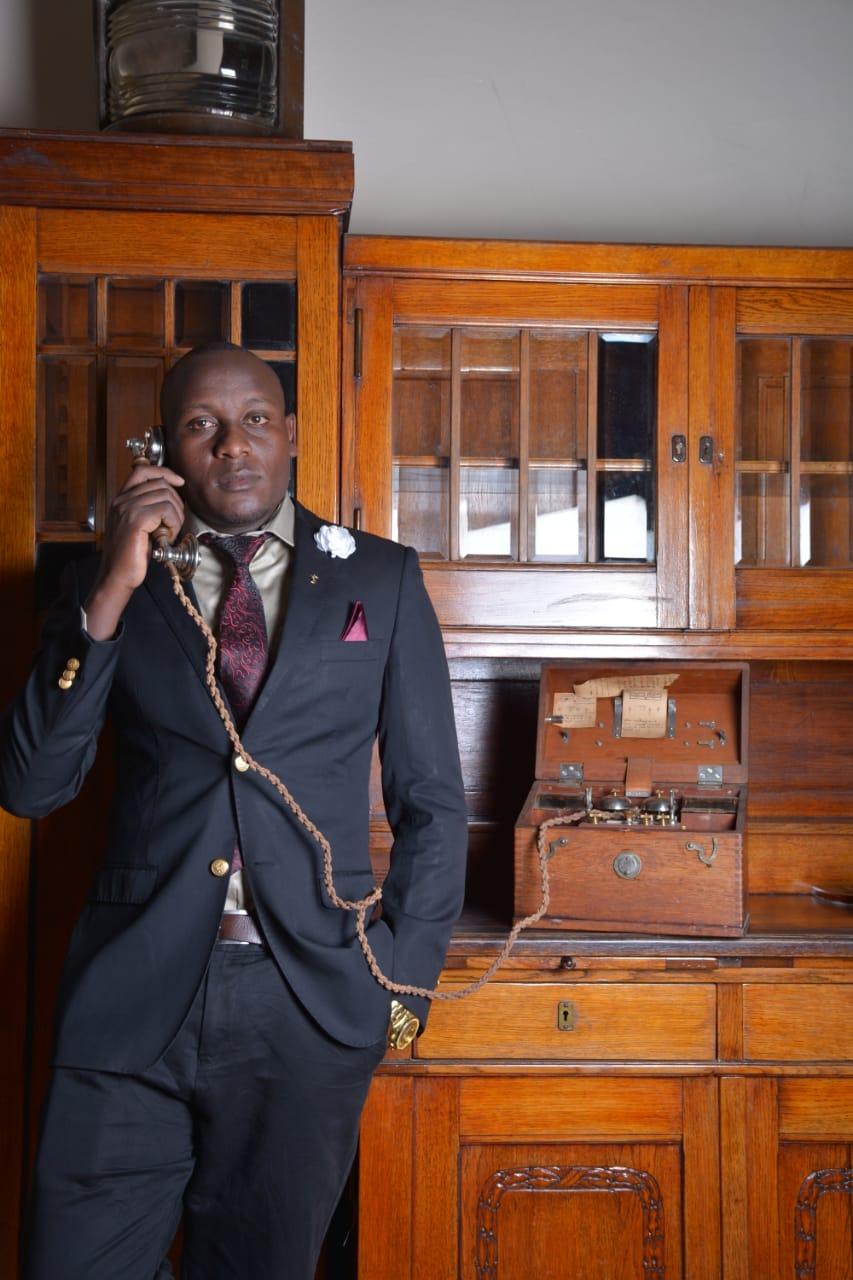
“In my chorus and verses, I’m praising Him (Obong’o Nyakalaga) for all the good he has done to me plus, the worst moment I have been in my life, he has stood by me,” states Vioxii Dede. Vioxii is a Luo/ Swahili Hip Hop rapper from Kavirondo (Nyanza) whose acronym stands for Virtuous. Inspirational. Optimistic. Xtreme. Integral. Influence. In his Obong’o Nyakalaga video, Vioxii teams up with Africa’s president of comedy, Eric Omondi to showcase their understanding of the Legio Maria practices and drive home the narrative. While working on a Luo rap album titled Kavirondo Supreme, a fusion of different genres such as Ohangla, Nyatiti, Orutu, Rhumba and Hip Hop, that the Luo tribe easily affiliate to, Vioxii was trying to fuse what most people don’t expect in modern rap. Since the album was going to be all about Luos; their Lifestyle, traditions, cultural and religious beliefs, Vioxii used the first single, Obong’o Nyakalaga to touch on the indigenous dominion that is well known in Nyanza – Legio Maria and Nomiya church. This established his agenda as a Hip Hop rapper keen on history and cultural preservation, conveying the message in the video shot at an African traditional church that exists in the Kavirondo gulf.
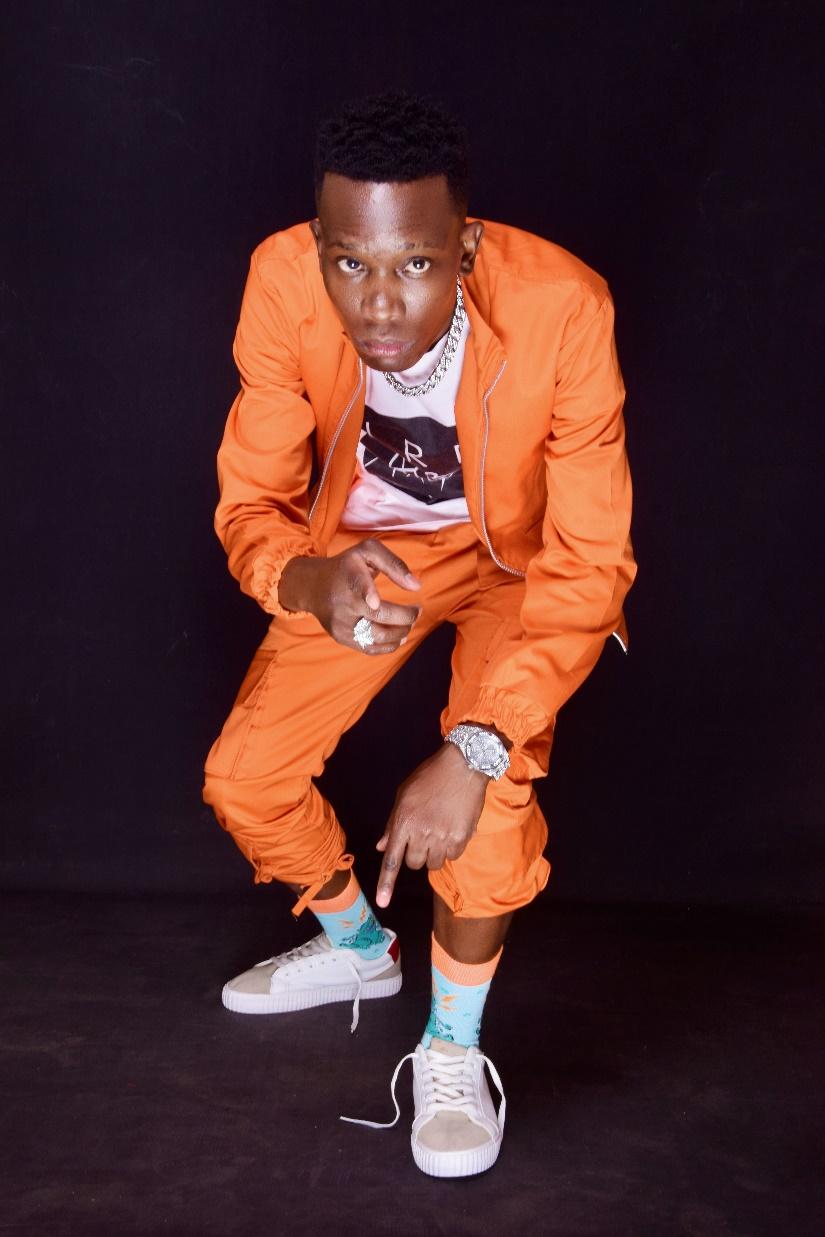
Tat Yen, a Luo Nilote from the Western side of Kenya where the Legio Maria movement first originated, shares the same sentiment with his colleagues. Concerning Luo cultural religion, Tat Yen affirms his love and appreciation for the culture, stating how, just like any other, his traditional religious culture pegs on the belief in a mighty power. “We call ours Obong’o Nyakalaga. By definition, Obong’o means one of a kind or an aspect that is unique or singular, while the latter refers to the all-powerful and everlasting force that creeps. To creep in Dholuo is to “lak” hence the name Nyakalaga. That means God, the supreme healer, which the Luo people also call “Ajuoga”.
Wherever Juogi is involved, now that’s spiritual. This oscillates well with my movement, “JuogiNation.” I trust in the supreme deity and putting into consideration the unfailing grace, love and protection that Obong’o Nyakalaga bestows on me, it was only ideal to express my gratitude by being part of this historic rap masterpiece. The flow, the lyrics and the tone definitely drives you to a prayer mode.” – Tat Yen (Obong’o Nyakalaga Jamana, pile kakoso to iwena, wasigu malawa masimona taya asiemo giga gi misa) cites a line from the choir, meaning, Almighty God my everything, forgive me for my daily sins, I shall hide from my enemies in prayers.
While the different versions of Obong’o Nyakalaga invites us to experience the artists’ various cultural perspectives, what’s more important is the attention they draw to their religious culture and practices, as it takes us back to an almost forgotten historical shift, in a rapidly evolving world of urbanization where traditional practices and cultures are long being left in the past. “I use my music to preserve information for the generations to come, just like historical books does in a Library. This I do, so as to emphasize the content widely with the masses that relate to my music, but don’t have a clue of traditional African religion like Nomiya and Legio Maria in the Gulf of Kavirondo or Nyanza. In the Album Kavirondo Supreme, I shall touch on almost every aspect, be it marriages; inter- tribal relationship and love songs in general, politics, religion, social events and historical takes in the Luo community like Lwanda Magere and Nyamgodho.” Concludes Vioxii Dede.
Find “Nyakalaga” in our One Dance playlist on Spotify and Deezer.
